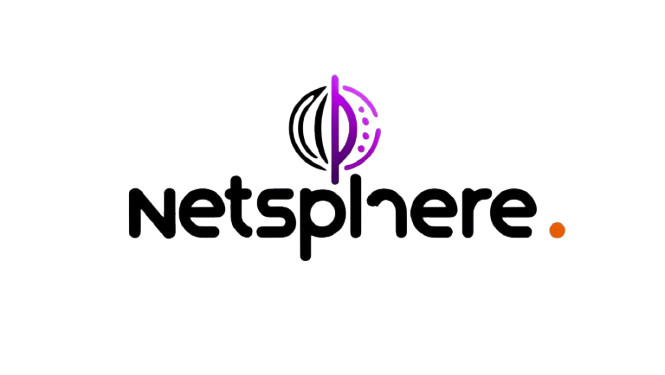Search Engine Optimization (SEO) is one of the most effective strategies for attracting organic, high-quality traffic to your blog. However, maintaining a steady stream of relevant, high-ranking content can be challenging. That’s where ChatGPT comes in — a powerful AI tool that can transform your content creation workflow and elevate your SEO performance.
In this article, you’ll discover how to use ChatGPT at various stages of your SEO process — from keyword research to optimized content creation — to take your blog to the next level.
1. Keyword Research with ChatGPT
Every SEO strategy starts with choosing the right keywords. Keywords connect your content to what your audience is searching for. ChatGPT can act as a keyword idea generator, helping you uncover relevant terms within your niche.
Example prompt:
“List 10 keywords related to digital marketing for beginners.”
ChatGPT will suggest keywords like “digital marketing strategies,” “sales funnel,” “inbound marketing,” and more. Then, use tools like Google Keyword Planner, Ubersuggest, or SEMrush to validate search volume, competition, and relevance.
This practice saves time and ensures you’re creating content that people are actually searching for.

2. Crafting Engaging Titles and Meta Descriptions
Titles and meta descriptions have a big impact on your click-through rate (CTR) from search engine results. ChatGPT can help generate creative, optimized ideas that strike a balance between SEO and emotional appeal.
Example prompts:
“Suggest 5 catchy titles for a blog post about increasing blog traffic.”
“Write 3 persuasive meta descriptions under 160 characters for a blog about SEO for beginners.”
You can customize these outputs to match your brand tone and ensure they stand out in search results.

3. Creating High-Quality Content
Good content should be original, informative, and optimized. ChatGPT can assist in writing engaging introductions, clear explanations, and persuasive conclusions based on your topic and chosen keywords.
Example prompt:
“Write an engaging introduction for a blog post about the benefits of SEO for small businesses.”
Once you get the generated response, you can enhance it with real data, add personal insights, and edit as needed. This helps speed up your workflow while maintaining content quality.
4. Structuring Your Content for SEO
Beyond writing, the structure of your blog post affects both user experience and how search engines read your content. ChatGPT can suggest headings, subheadings (H2, H3), and even lists or FAQs to make your content more scannable and complete.
Example prompt:
“Create an outline with subheadings for a blog post about using ChatGPT to improve SEO.”
Having a logical structure from the start makes writing easier and improves your chances of ranking well in search engines.
5. Analyzing and Improving Existing Content
Have older blog posts that aren’t performing well? ChatGPT can act as a smart editor, suggesting improvements, rewriting unclear passages, or even adapting the content to new keywords and SEO strategies.
Example prompt:
“Rewrite the following paragraph to make it clearer and more SEO-friendly: [insert paragraph].”
You can apply this to:
- Updating underperforming blog posts
- Re-optimizing content for new keywords
- Adding depth and clarity to existing sections
Conclusion: Transform Your Blog with ChatGPT and SEO
The combination of SEO strategies and artificial intelligence is revolutionizing content marketing. With ChatGPT, you gain productivity, creativity, and efficiency — all without sacrificing quality or authenticity.
By applying these methods, you’ll be better equipped to:
- Create content aligned with search intent
- Improve your blog’s search rankings
- Increase organic traffic
Remember: ChatGPT is a support tool, but your authentic voice and deep understanding of your audience are what truly make your blog stand out in the digital world.









